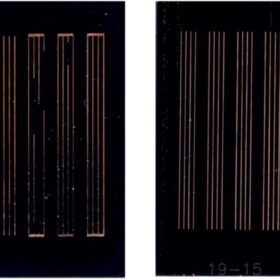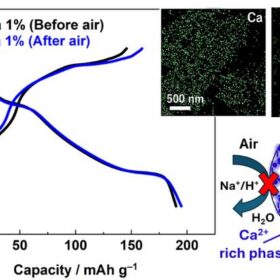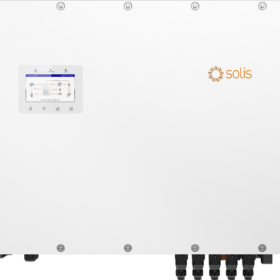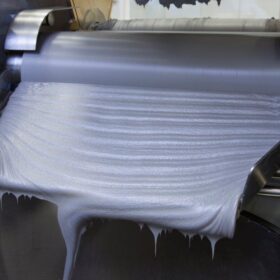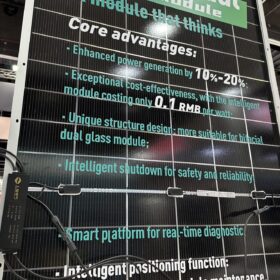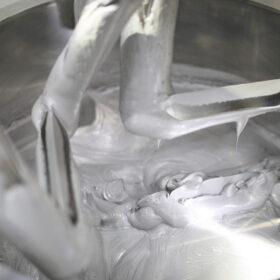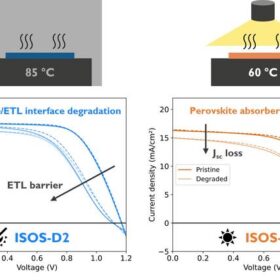Fraunhofer ISE builds first perovskite-silicon tandem solar cell with copper metallization
Using the mask-and-plate copper metallization technique, scientists at the German research center fabricated a 1.21 cm² perovskite–silicon tandem solar cell featuring a heterojunction bottom device. The cell achieved an efficiency of 19.35%, reportedly the highest value reached to date for this cell type using galvanic front metallization.
‘Solar modules could be produced in Europe at €0.15/W’
At the Modules and Material Worksop in Konstanz, organized by solar manufacturing engineering company RCT Solutions and ICS Konstanz, experts from the European PV equipment production industry gathered to discuss the current and future trajectory of manufacturing costs, technology advancements and equipment and raw material capabilities. RCT Solutions CEO, Peter Fath, told pv magazine that a European 1 GW module assembly facility using the same supply chain as Chinese Tier 1 counterparts could reach module manufacturing costs of €0.11-0.12/W.
Improving sodium-ion battery stability with calcium
Researchers in Japan have adopted a new calcium-doping strategy to improve the stability and electrochemical properties of NFM, a cathode material used in sodium-ion batteries. The new technique enhances crystallinity and increases the interlayer spacing in NFM, resulting in higher performance compared to NFM treated with conventional processes.
Solis unveils 75–125 kW hybdrid inverter for C&I solar
The Chinese manufacturer said its new inverters can deliver 160% overload for 200 ms in off-grid mode, ensuring stable startup of heavy loads. The IP66-rated products feature a maximum efficiency of 97.6% and a European efficiency of 97.2%.
Silver prices surge, yet ‘thrifting’ poses little threat to solar cell, module quality
With silver prices nearing $50 per ounce, researchers from the University of New South Wales (UNSW) and the Fraunhofer Institute for Solar Energy Systems (Fraunhofer ISE) tell pv magazine that efforts to reduce silver use in solar cells will not compromise module quality if properly engineered.
Solar module prices to rise 9% in Q4, says Wood Mackenzie
Wood Mackenzie says module prices will climb as China ends export rebates and consolidates polysilicon production.
Silver price surge drives PV makers to cut silver usage further
The price of silver rose above $44 per ounce this week after gaining more than 30% in six months, with silver expert Philip Newman telling pv magazine it could exceed $50 per ounce next year, raising pressure on PV module makers to curb silver use.
NREL researchers warn of unexpectedly high UV-induced degradation in n-type solar modules
A research team from the U.S. National Renewable Energy Laboratory has analyzed n-type modules deployed in a 3 MW commercial PV project in an effort to assess the high degradation rate reported by the plant owner. The scientists found that ultraviolet-induced degradation (UVID) was a major factor affecting the facility’s performance.
Researchers identify main source of wide-bandgap solar perovskite degradation
Scientists in Belgium have investigated how perovskite absorbers used in solar cell degrade under three different stress test types and have found that the interface between the perovskite layer and the electron transport layer suffers from weak thermomechanical stability, which creates the conditions for performance losses.
Improving TOPCon solar cell performance with rear treatment techniques
Researchers in China have investigated four strategies that minimize TOPCon solar cell surface recombination centers and improve light trapping performance. They identified alkali polishing with micro-texturing as the most suitable technique to improve TOPCon cell open-circuit voltage and fill factor and the overall device performance.

